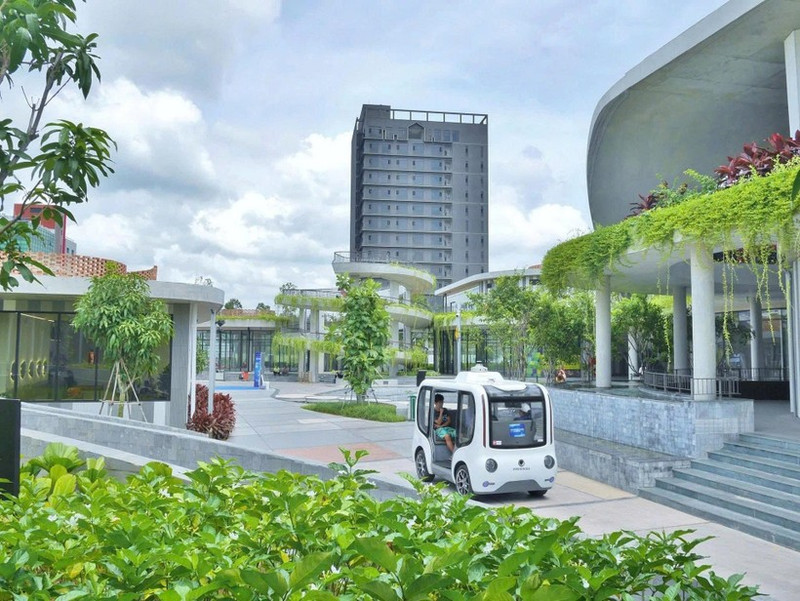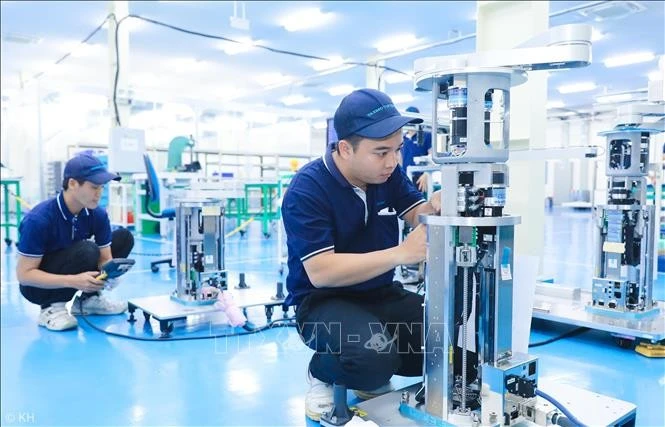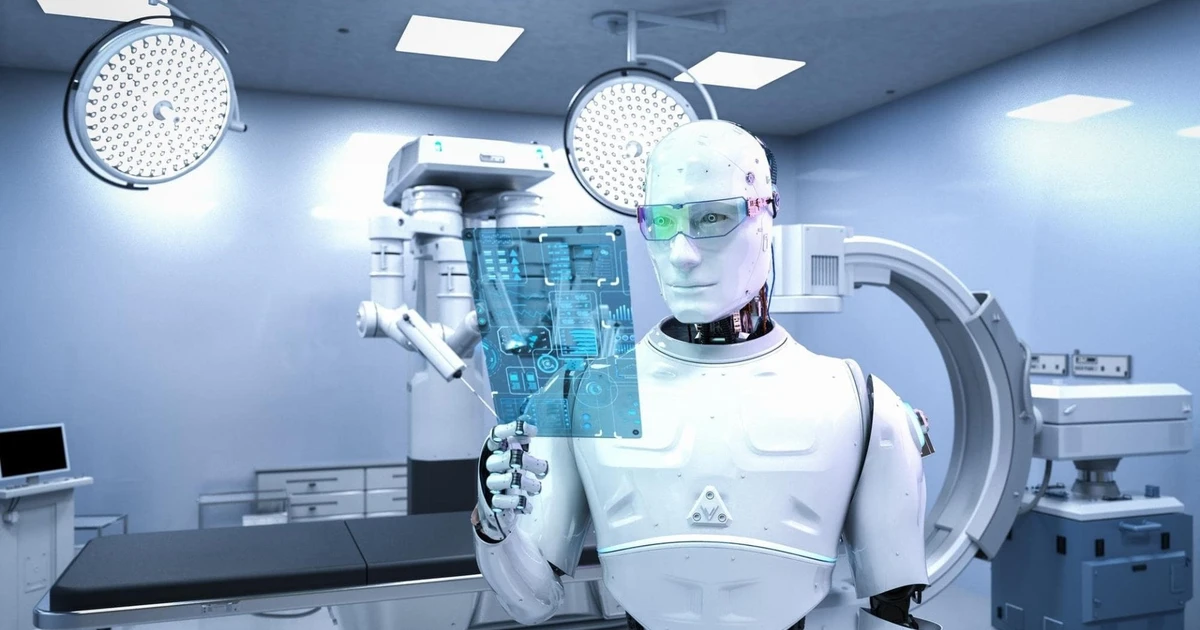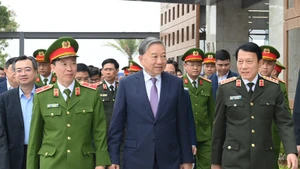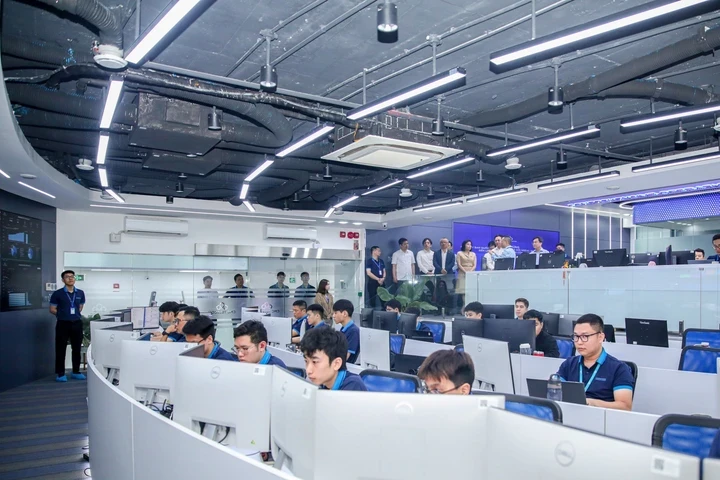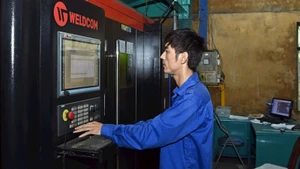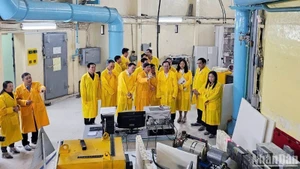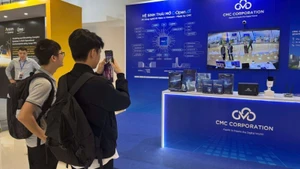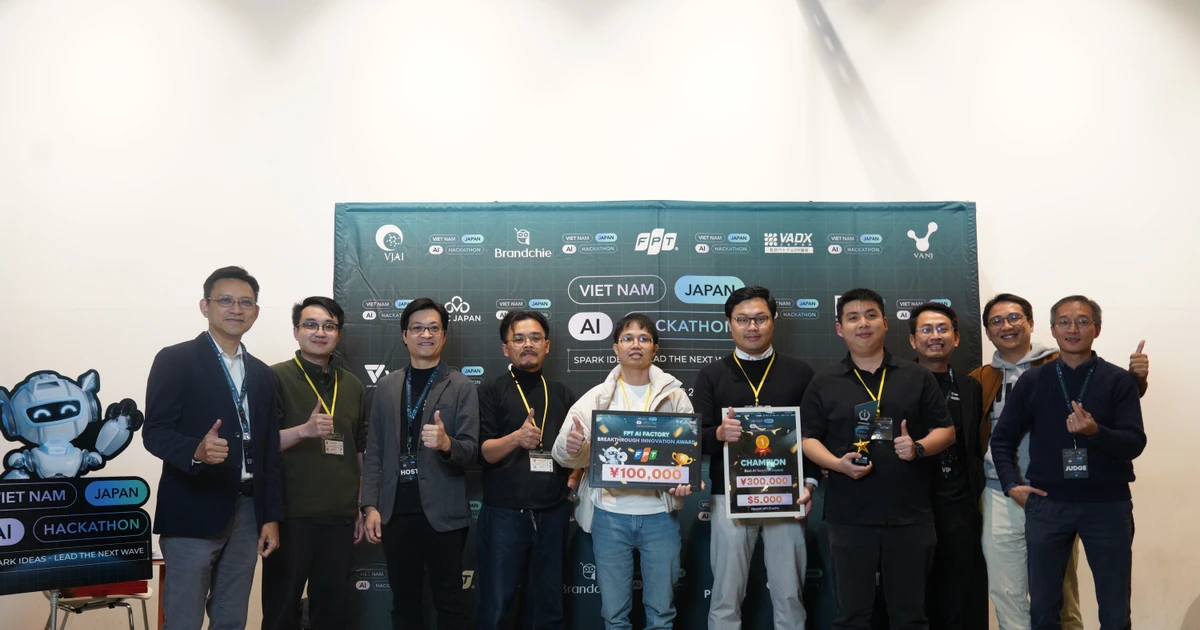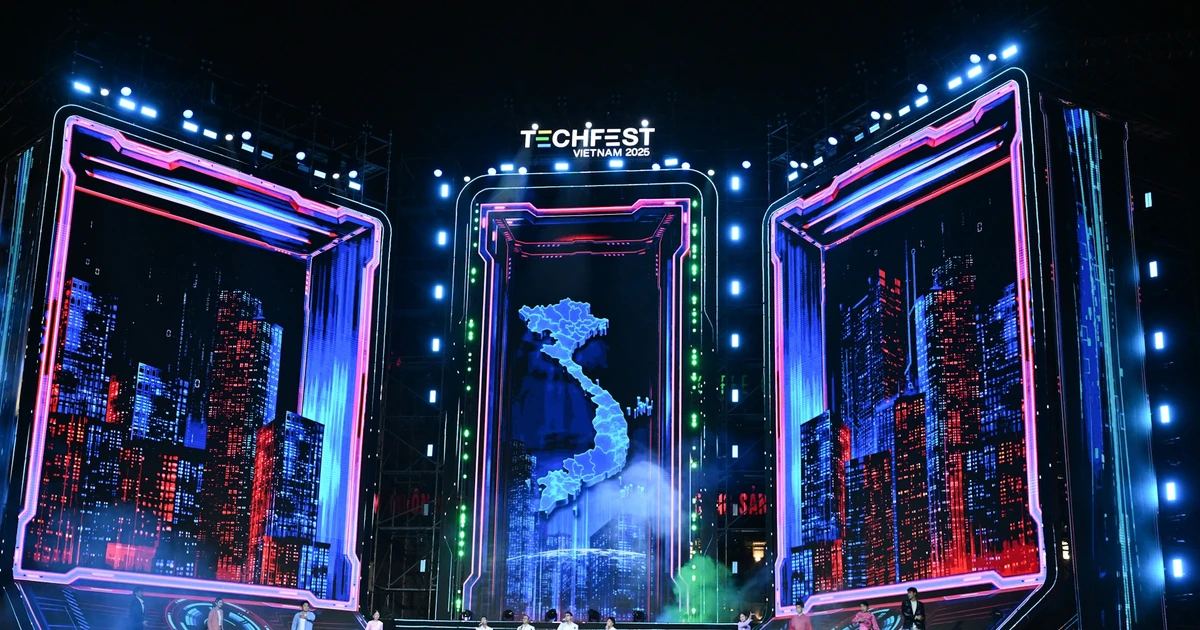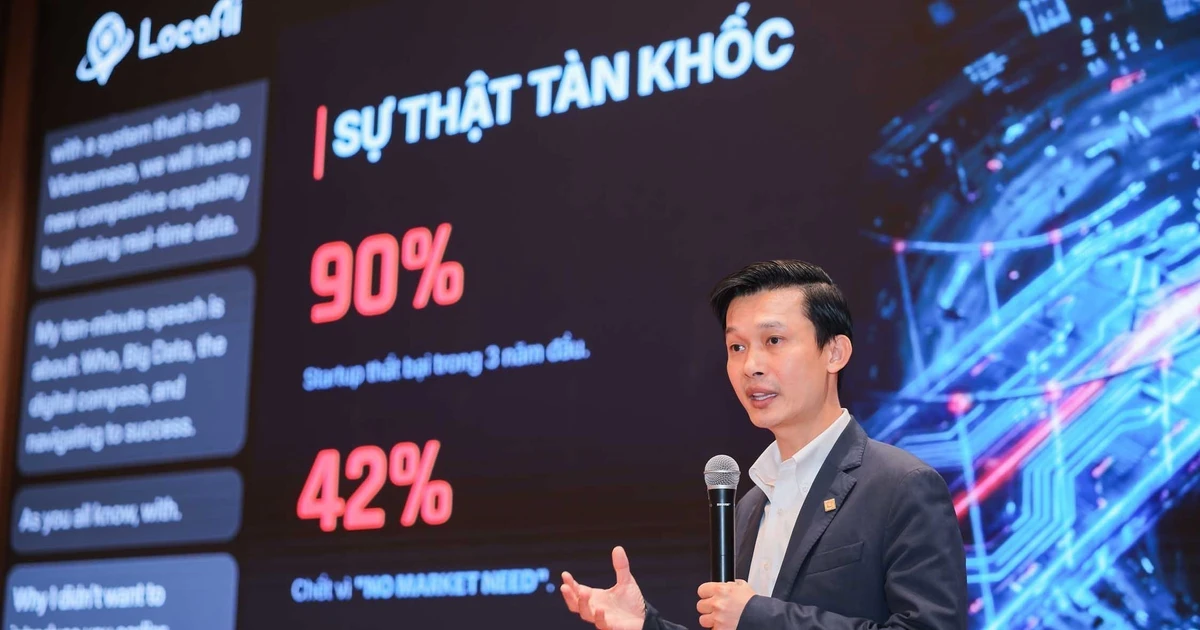Digital infrastructure projects and “Make in Viet Nam” products reaching international markets are demonstrating the strength of the private sector within the national innovation ecosystem.
Creating new strength
In recent times, many private enterprises have proved that innovation is the key to enhancing competitiveness by boldly investing in core technologies, building digital infrastructure, and gradually affirming their position in global value chains.
CMC Technology Group has recently received approval for its investment in a project to build a hyperscale data centre in Ho Chi Minh City. This is a strategic project, marking the official entry of Vietnamese enterprises into the global digital infrastructure arena, which has long been dominated by foreign players. Sharing more about projects aimed at deeper integration into global value chains, Nguyen Trung Chinh, Chairman of the Board and Executive Chairman of CMC Technology Group, said that in Ha Noi, the group has just broken ground on the Creative Space Complex (CSC) with a scale of 300 million USD, expected to become an open artificial intelligence (AI) hub. Alongside this, the establishment of CMC Open AI Company aims to transform Vietnamese AI research into commercial products, providing an open AI ecosystem for businesses, government, and the wider community.
“In 2024, the group’s revenue reached more than 8.2 trillion VND, with pre-tax profit of over 500 billion VND. In the first quarter of fiscal year 2025, revenue increased by more than 23%, and pre-tax profit grew by over 40% compared with the same period. This is an important foundation for the group to confidently set its 2025 target of nearly 10 trillion VND in revenue, with growth of over 20%. We take AI as the new growth driver and step by step bring Vietnamese intelligence to the world,” Chinh emphasised.
Contributing to the innovative strength of the private sector, Phenikaa Group has built a closed innovation chain within the same ecosystem — from university, research institutes, and R&D centres to production enterprises — thereby creating a continuous flow from scientific ideas to commercial products. Within this, Phenikaa University provides high-quality human resources for R&D activities.
Dr Le Anh Son, Deputy General Director of Phenikaa Group and Director of Phenikaa-X Company, said the group has focused on spearhead areas such as autonomous technology, AI, semiconductors, biomedical technology, advanced materials, and energy storage. These are the keys to ensuring sustainable growth and enhancing global competitiveness in the new era. To date, the group has successfully commercialised many “Make in Viet Nam” products such as Level 4 Autonomous Mini-buses used in industrial parks and urban areas, and AMR robots serving factory logistics, already deployed at Samsung Thai Nguyen Plant and exported to the Republic of Korea (RoK).
Innovation by enterprises contributes to shaping national technological capacity. A representative of Asia Industrial Engineering Joint Stock Company said that by mastering core technology in electrical equipment, the company can effectively compete with foreign enterprises. Its low- and medium-voltage electrical equipment and SCADA integrated systems have been used in several national key projects — a testimony and also a motivation for the private sector to participate in major infrastructure works in line with Resolution 68 of the Politburo.
According to Pham Duc Nghiem, Deputy Director General of the Department of Start-ups and Technology Enterprises (Ministry of Science and Technology), at this time, aspiration, intellect, and action can make a difference. Each Vietnamese enterprise and entrepreneur, when ready to innovate and place national interests above short-term interests, becomes a source of strength to build a prosperous, self-reliant, and innovative Viet Nam in the new era.
Breakthroughs needed in implementation
The endogenous strength of the private sector is being awakened through innovation, but without accompanying policies, such efforts cannot go far. Therefore, innovation must not only be promoted in technology, products, or business and organisational models but also in institutions and policies.
New policies such as Resolution 57, Resolution 68 of the Politburo, and the Law on Science, Technology and Innovation have created a “priority lane” for companies to make breakthroughs through innovation, particularly by expanding their autonomy in commercialising results. Nguyen Trung Chinh noted that the new regulations have opened a transparent legal corridor for R&D with sandbox testing mechanisms, controlled risk-acceptance, and supporting policies on capital, taxation, and credit for research.
On that basis, CMC Group can invest more strongly and consistently in strategic fields such as AI, cloud, and cybersecurity, while shortening the path from research to commercialisation. Core technologies developed by the group such as CMC Optical Character Recognition (C.OCR), CMC Cloud Computing (C.Cloud), and CMC Artificial Intelligence (C.OpenAI) now have greater opportunities to be applied in practice. The new policies also facilitate the group’s international cooperation with Samsung, Japanese partners, and members of the Global AI Alliance to bring Vietnamese technologies to world markets.
Taking advantage of new policies, Sao Thai Duong Joint Stock Company has proactively carried out research on strategic products to enhance competitiveness in the market. The Association of Science and Technology Enterprises has also planned to organise annual technology supply-demand connection workshops in a completely new way: enterprises will raise the issues they are facing and “order” individuals and organisations to solve these “problems.”
However, to make private enterprises truly the pioneering force in innovation, implementation factors must be the focus. Many enterprises believe that the Government has issued the first sandbox mechanism for fintech solutions in the banking sector (Decree 94/2025/ND-CP), and that more sandboxes need to be rapidly introduced for emerging technologies such as AI and big data, to minimise legal risks and encourage investment in innovation.
In addition, R&D spending needs to be increased, targeting 2% of GDP by 2030 in line with Resolution 57. Capital should be prioritised for building technical infrastructure — from laboratories and internationally standardised equipment to advanced research centres — thereby granting priority access to science and technology enterprises. The State should widely implement public-private partnership models, enhancing the effectiveness of science, technology, and innovation projects by commissioning major projects on digital infrastructure, data centres, AI, and cybersecurity.
